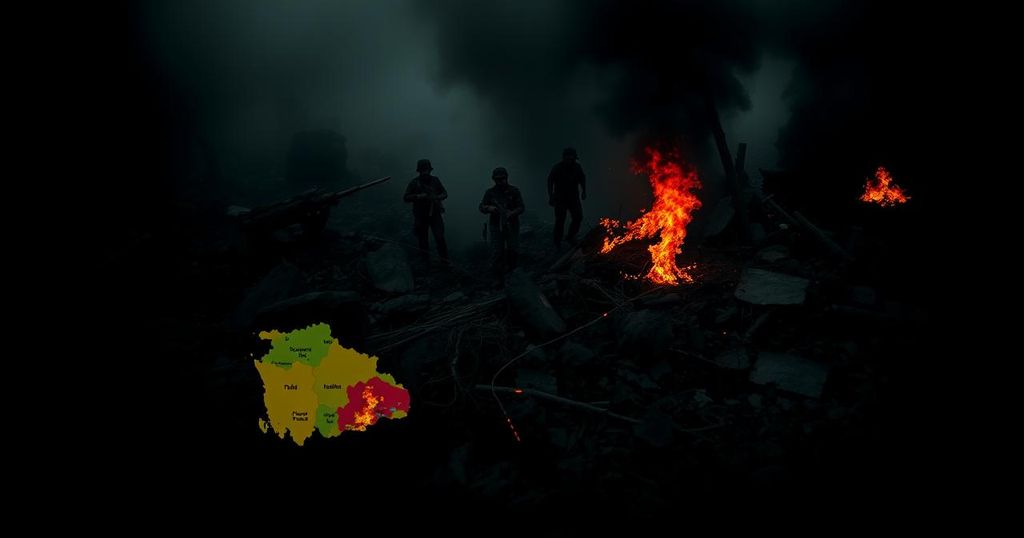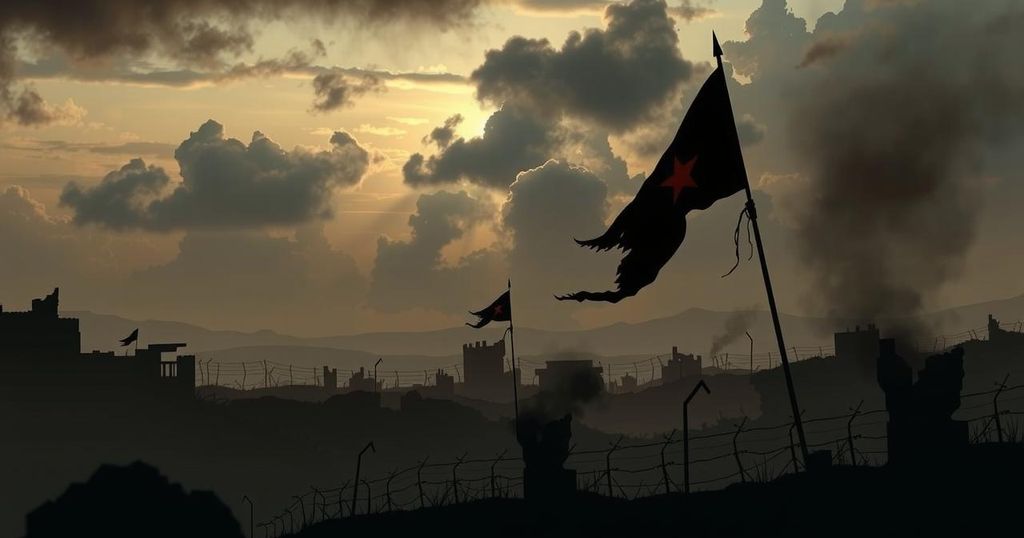Sri Lanka’s Civil War: A Comprehensive Analysis of Insurgency and Resolution
This article provides an overview of the Sri Lankan civil war, discussing crucial factors that led to ethnic conflict, the phases the war underwent, and the eventual military victory over the LTTE. It assesses parallels with other insurgencies globally, emphasizing the uniqueness of Sri Lanka’s military achievement in ending a prolonged insurgency and the implications for future counter-insurgency strategies.
This article explores the Sri Lankan civil war, focusing on the insurgency led by the Liberation Tigers of Tamil Eelam (LTTE) and its significant impact on the nation. It highlights key events from the conflict’s origins, including pivotal political actions like the Sinhala-Only Act of 1956, the Republican Constitution of 1972, and the 1983 ethnic riots, which catalyzed armed hostilities beginning with the SLA soldiers’ killings in July 1983. The narrative details subsequent wars—the Indian Peacekeeping Force’s involvement, the series of Eelam Wars, and various failed attempts at achieving peace through negotiations. The government’s military forces ultimately defeated the LTTE in May 2009, marking a notable victory recognized globally. The article compares this conflict to other international situations, such as the Irish Republican Army’s struggle and Boko Haram’s insurgency, while examining lessons that can be learned from Sri Lanka’s approach to ending prolonged conflict. The discussion concludes by underscoring the potential for Sri Lanka’s experience to serve as a model for resolving similar conflicts worldwide.
The Sri Lankan civil war ensued from ethnic tensions exacerbated by governmental decisions that marginalized the Tamil population. The conflict arose in a context marked by significant historical events and political changes, notably the Sinhala-Only Act, which aimed to promote the Sinhala language over Tamil, thus igniting resentment. The civil war was not merely a struggle for ethnic rights but evolved into a quest for an independent Tamil state, Eelam. Over three decades, the conflict underwent multiple phases, characterized by intermittent ceasefires and failed negotiations, until the decisive military victory against the LTTE in 2009, which has since led to an unprecedented period of peace in Sri Lanka.
The Sri Lankan civil war exemplifies how a nominally successful military strategy can lead to a prolonged peace, particularly when juxtaposed with other global conflicts where negotiated settlements have been the norm. The comprehensive military defeat of the LTTE illustrates a rare outcome in insurgency warfare and offers critical insights that could inform counter-insurgency strategies in other nations. However, it is essential to approach the applications of such lessons with a nuanced understanding of the unique political, cultural, and historical contexts of each conflict.
Original Source: slguardian.org








Post Comment